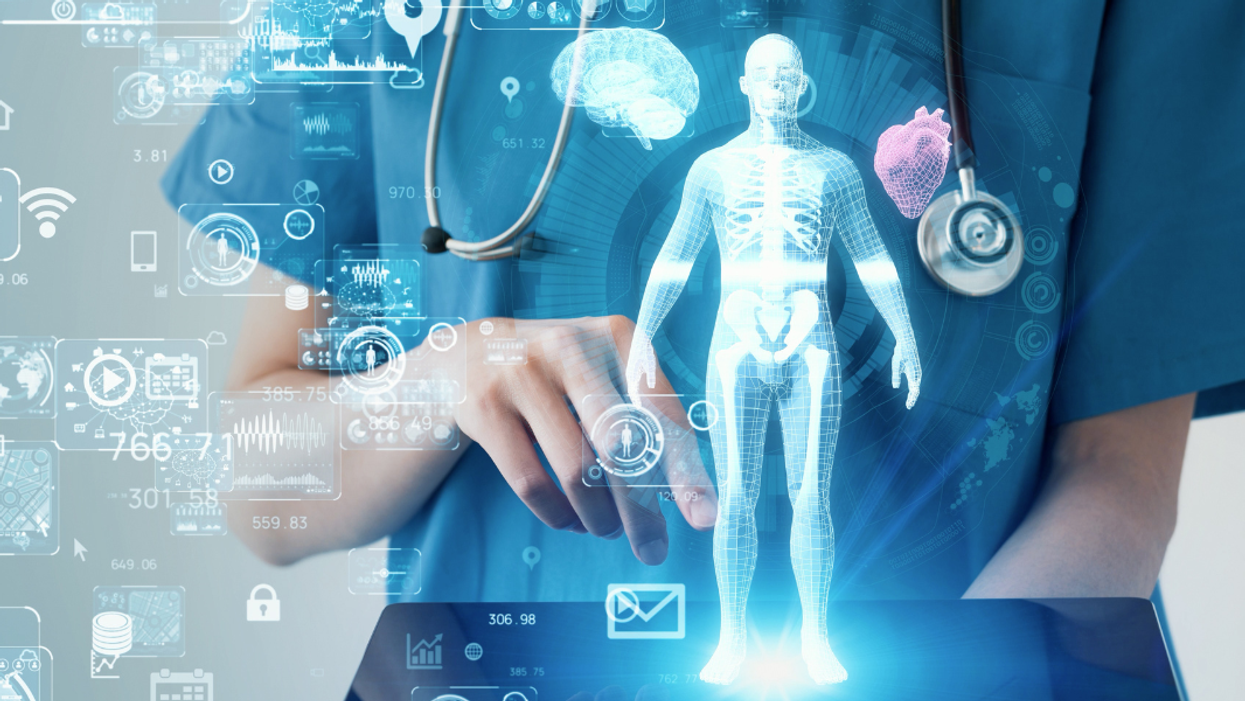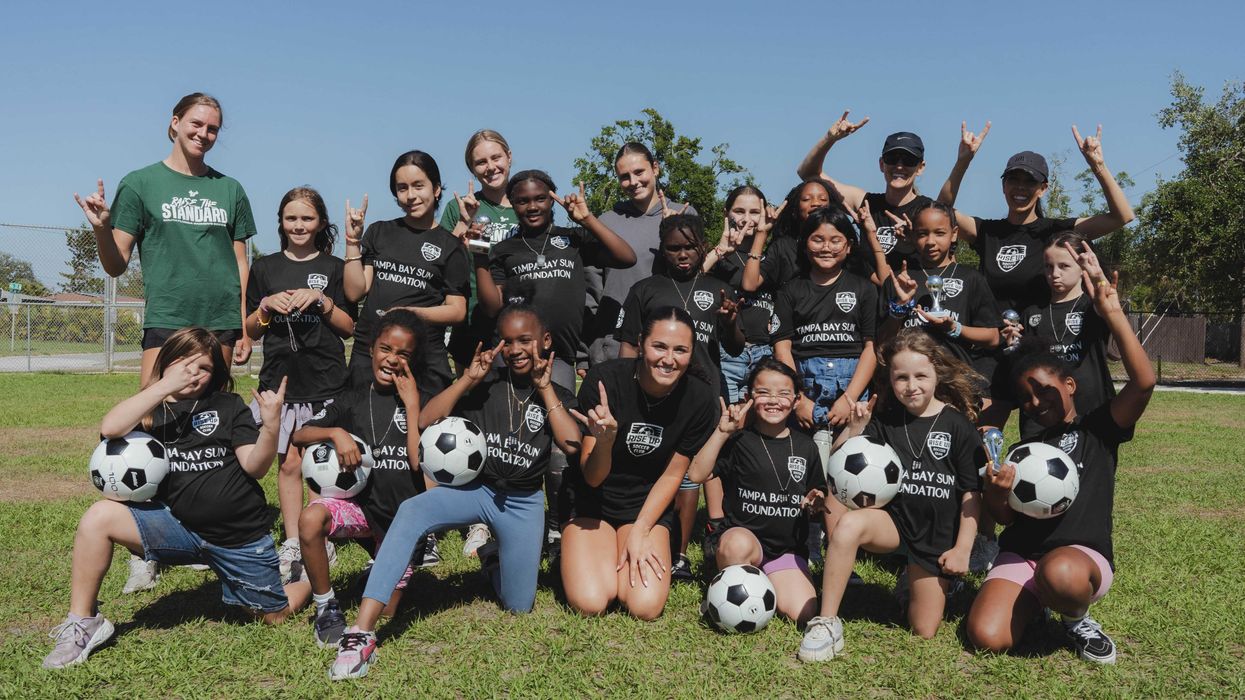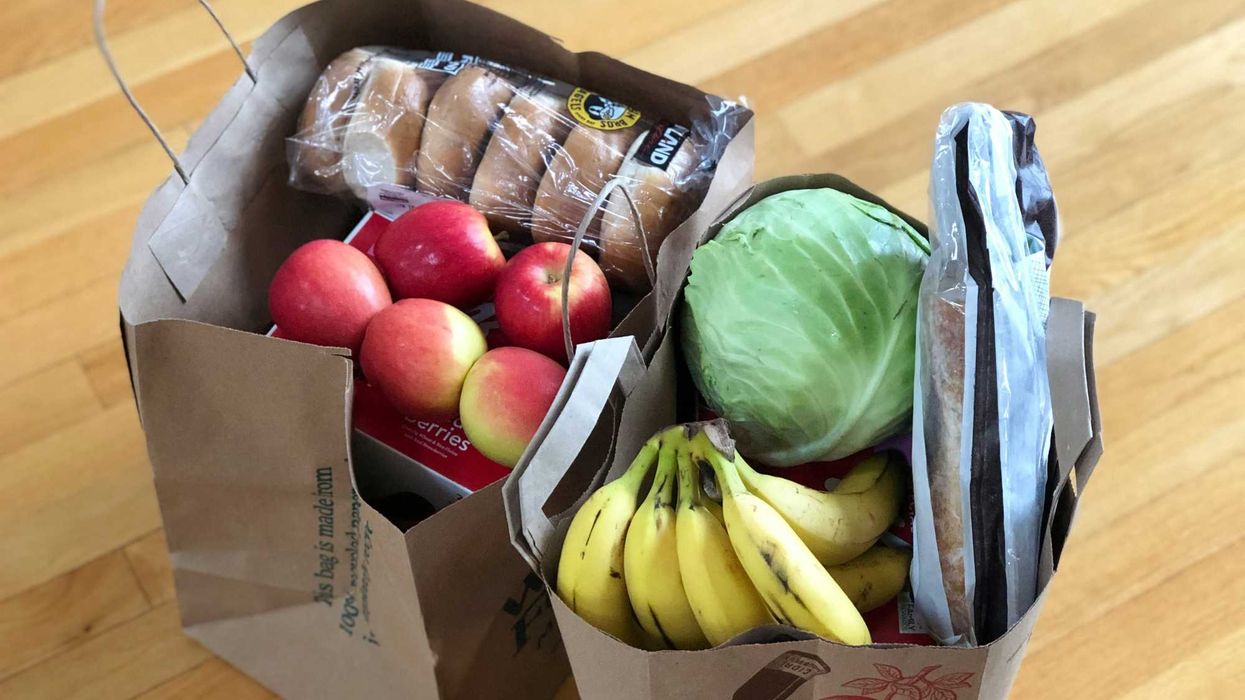Pearl is a clinical professor of plastic surgery at the Stanford University School of Medicine and is on the faculty of the Stanford Graduate School of Business. He is a former CEO of The Permanente Medical Group.
Many who follow the news about AI chatbots and their use in the medical field view it as a battle for supremacy between AI and physicians. But a careful analysis leads me to a different conclusion.
ChatGPT and other generative AI applications are becoming more powerful by the month. Recently, researchers organized a head-to-head contest between a chatbot and a group of physicians. The challenge: answer 195 medical questions from the r/AskDocs subreddit page. A team of independent healthcare professionals then reviewed the responses and crowned AI the clear winner.
Not only were AI-generated answers more accurate and detailed than those provided by physicians, but the bot’s responses were deemed significantly more empathetic, as well.
This AI triumph came not long after Google’s Med-PaLM 2 scored an expert-level 86.5% on the U.S. medical license exam and before ChatGPT learned to write clinical notes just as well as humans.
AI can now retain and recall a near-limitless corpus of knowledge, translate text into multiple languages and convert highly complex ideas into simple terms. These qualities make chatbots ideal for diagnosing rare diseases, offering 24/7 medical advice and improving communications with patients.
This should be viewed as great news for the healthcare industry and not as a threat to doctors. That’s because well-trained humans will always remain superior to machines in one vitally important area of medical care: Only humans can establish personal relationships built on a foundation of mutual trust and commitment.
This is a critical component of good healthcare and the best weapon in the fight against our nation’s most troublesome medical problem. Chronic disease is the nation’s leading cause of death and disability, affecting 60% of all Americans. Studies affirm that a combination of preventive care, early diagnosis and lifestyle change (diet, exercise, counseling, etc.) helps people avoid heart attack, cancer and stroke (the life-threatening complications of asthma, diabetes, hypertension and obesity and other chronic illnesses).
Communicating lifestyle and preventative care changes to a patient demands a doctor’s focused and unhurried attention—something few primary care physicians can provide today. It’s not for lack of trying or desire. Rather, the U.S. medical system doesn’t train or retain enough primary care physicians and it inadequately finances the ones it has.
Of course, one important solution is adding more primary care physicians given that the primary care workforce declined by 11% from 2005 to 2015. And, despite the worsening chronic disease epidemic, our nation spends just 6% of total healthcare dollars on primary care—a figure that hasn’t budged in two decades. This, despite a Harvard-Stanford research collaboration that found adding 10 primary care physicians to a community increases average life expectancy by 250% when compared to adding 10 specialists.
Generative AI can help people solve these problems.
Doctors are constantly battling the clock as they see more and more patients each day. The average office visit is down to 17.5 minutes, barely enough time to order tests and prescribe medications, let alone build trust, show empathy or discuss lifestyle improvements. It shows. Today, 60% of Americans feel their doctors are rushing through exams. An equal percentage of primary care doctors feel burned out, citing “increased workload” as a leading cause.
Sophisticated generative AI applications can complete some of the primary care physician’s more routine work so that doctors will have the time to do what they do best: provide the unhurried care that chronically ill patients so badly need.
The U.S. government must lead the way when it comes to protecting our nation’s health. Accomplishing that will require investments in both humans and machines. Here are three opportunities:
1. Reallocate dollars to primary care
The U.S. Department of Health and Human Services (HHS) maintains a $2.68 trillion budget for Medicare and Medicaid. A scant 2% to 5% of that spending goes toward primary care services. Bumping that allocation to 8% would allow doctors to add vital support staff— assistants, dieticians and health coaches— thus boosting expertise, giving doctors more time to build trust with patients and helping reverse our nation’s chronic disease burden.
2. Increase residency positions
The United States faces a projected shortage of up to 48,000 primary care physicians by 2034. Yet, last year, more than 1,000 doctors graduated from medical school without a residency match. That’s because there weren’t enough government-sponsored training positions available. Congress can fix this problem by funding 1,000 more primary care positions each year—a tiny expenditure that would pay for itself within a couple of years with reduced medical expenses from chronic illness.
3. Invest in AI expertise
Doctors are starting to use generative AI for everyday tasks: writing letters to insurers, transcribing notes, double-checking diagnoses and populating medical records. These robotic undertakings help free up valuable time for doctors to spend with patients. But the pace of adoption is slow. With a small investment (like the $35 billion Congress earmarked for the “meaningful use” of electronic health records in 2009), the U.S. government would accelerate the development and implementation of safe and effective AI tools for primary care.
This combination of increased training, added office support and AI assistance will help rebuild the doctor-patient relationship, address our nation’s chronic disease epidemic and improve the failing health of America. It’s naïve to believe that relying on machines or doctors alone will be enough.




















